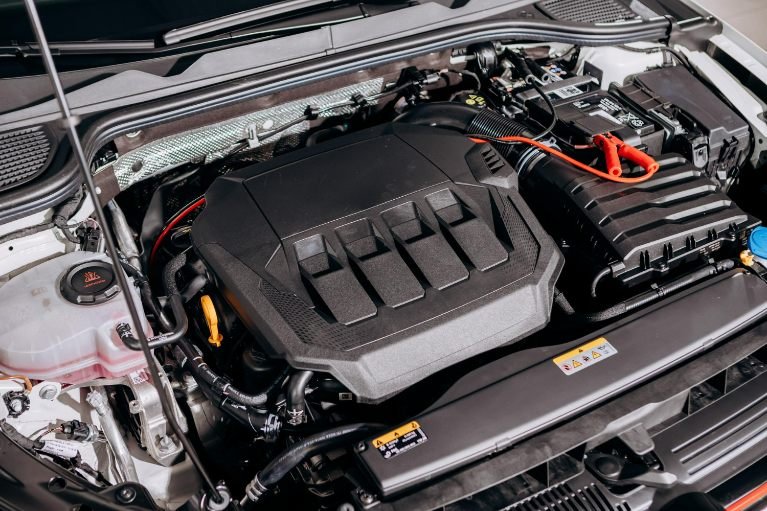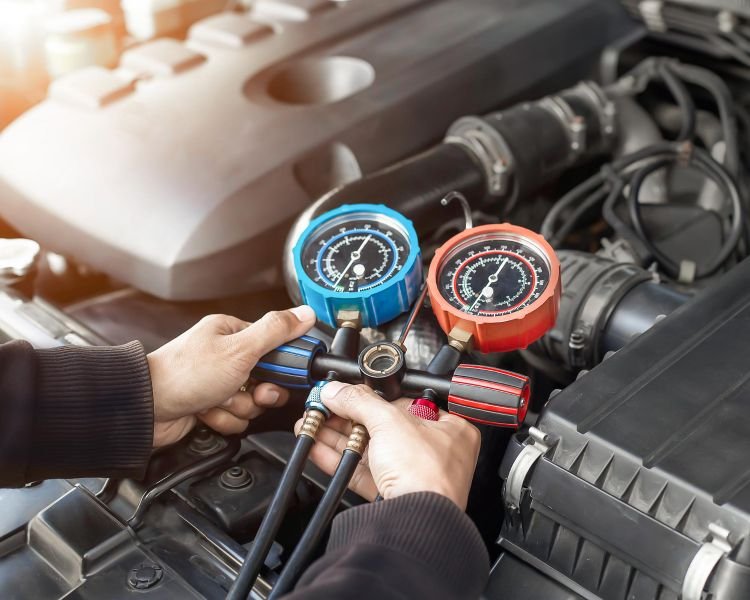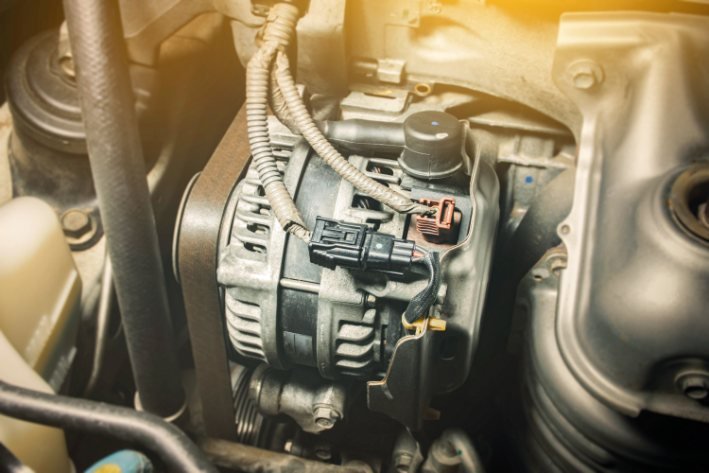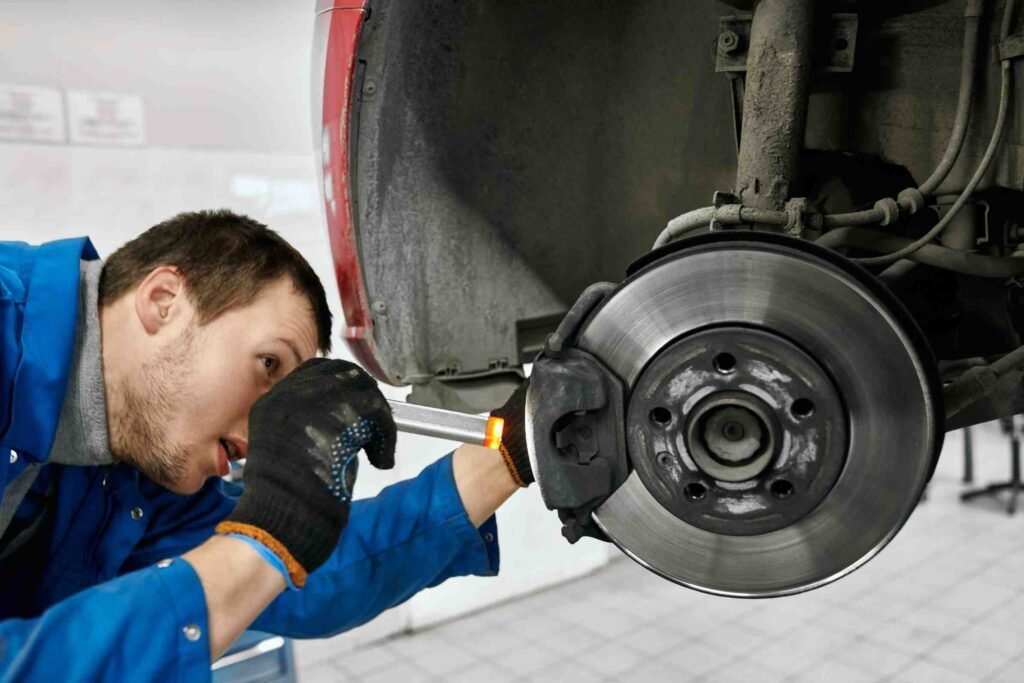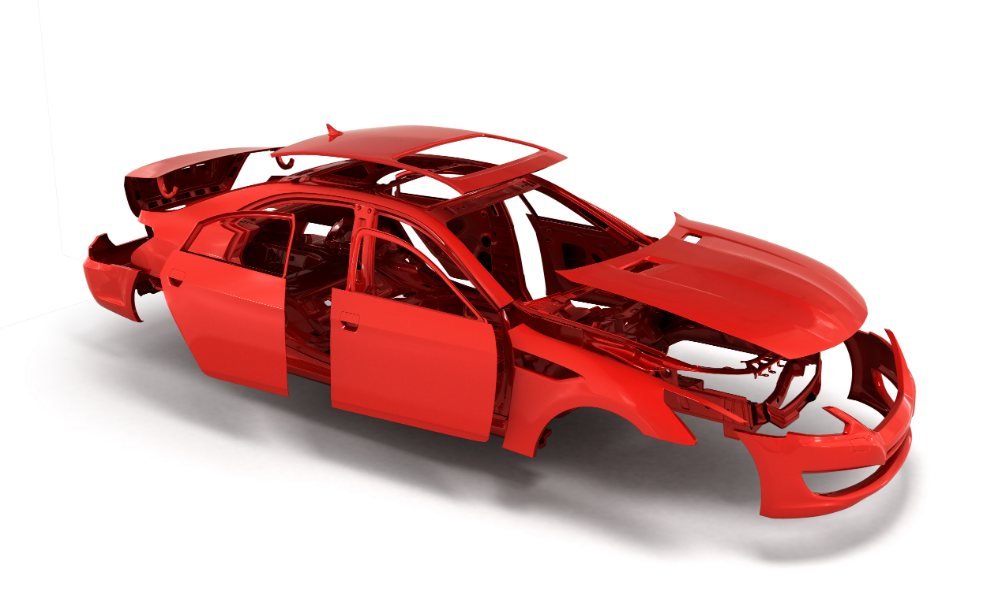Mass Airflow Sensor: What It Is & Signs of Failure
Your car’s electronic fuel injection system includes a mass airflow sensor (MAF) that measures the total air volume entering the engine. A faulty or contaminated mass air flow sensor cannot accurately measure the amount of air flow. This leads to the engine computer miscalculating the amount of fuel to inject, further harming your engine. There are three main indicators that your MAF sensor needs to be checked.
The amount of air entering the engine is measured by MAF sensors, which are situated between the air filter and the throttle body. Hotwire MAF sensors are standard in most automobiles. One wire is heated, and the other is at room temperature.
By keeping the hot wire 93.3°C above the ambient incoming air temperature, the microprocessor within the MAF sensor detects the air entering the engine. To keep the sensor at the same temperature, the sesnsor calculates and transmits the same amount of energy to the power control module(PCM). The PCM then directs the injectors to release a precise amount of fuel that is proportionate to the airflow, producing an optimal air-fuel combination for your engine.
You may want to read: Automatic Car Transmission: Symptoms of Failure and How to Take Care of It
What Is a Mass Air Flow Sensor?
Mass airflow sensor is detecting tool that measure mass flow rate and are essential to the operation of many medical equipment. In order to monitor and regulate the flow of air, oxygen, and other gases during different diagnostic and therapeutic operations, respirators, ventilators, anaesthetic equipment, oxygen concentrators, and many other medical devices rely on mass air flow sensors.
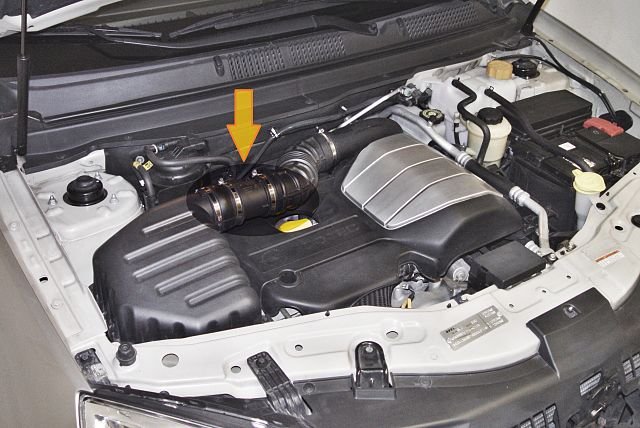
How Does Mass Airflow Sensor Work? and What does mass air flow sensor do?
Most Mass Airflow Sensor operate on the hot wire concept and are installed in the intake pipe between the air filter housing and the intake manifold. A MAF contains two detecting wires, to put it simply. While an electrical current does not heat the other, the first is. The heated wire cools when air passes across it. The MAF sensor automatically raises or reduces the current to the heated wire to adjust for temperature differences between the two detecting wires. The current is then converted to a voltage or frequency and transferred to the ECU, where it is translated into airflow. Accordingly, the amount of air entering the engine is modified.
Why Do Mass Airflow Sensors Fail?
hey have much air moving through them because the Mass Airflow Sensor monitors airflow into the engine. With every liter of gasoline used, the machine can move more than 9000 liters of air. And that raises the possibility of significant contamination. One of the main reasons for MAF failure is that dust, dirt, and other particles can all enter the sensor.
Depending on the vehicle model, such pollution might start to appear as early as 18,000–25,000 kilometres. For instance, the Mass Airflow Sensor in small or compact automobiles may clog more quickly due to its location in a smaller engine compartment that is more vulnerable in certain regions (oil vapour flows and combustion debris). In this situation, a replacement essentially turns into a long-drain oil service, resembling a service-style repair.
Additional typical failure issues include:
- An electrical connection contact problem
- Faulty measurement components
- Vibration-induced mechanical damage or an accident
- Element drift measurement (exceeding the measuring framework)
What are the symptoms of a mass airflow sensor failure?
A malfunctioning MAF sensor can have several symptoms, not all of which are immediately apparent:
- Check Engine Light On: The Mass Airflow Sensor can be the source of performance and circuit diagnostic issue codes, but it can also cause fuel trim and misfire errors.
- Trouble Accelerating: The ECM may be limiting injection due to issues with the MAF sensor if you’re having trouble accelerating into highway traffic or while passing.
- Rough Idle: Without the right quantity of gasoline, a smooth idle is hard to create. The engine may not operate smoothly if the Mass Airflow Sensor malfunctions, especially while the vehicle is idle.
- Poor Fuel Economy: A partially functioning MAF sensor might nevertheless have an impact on fuel economy. Poor fuel efficiency might result from the ECM adding more gasoline than necessary if it makes a rich error.
- Black Exhaust Smoke: The ECM can sometimes make a rich error that causes black smoke to stream from the exhaust. Additionally, this could overwork the catalytic converter.
- Hesitancy or Surging: It might be unsettling to experience hesitation or abrupt, anomalous power while accelerating or cruising.
- Hard Starting: Starting an engine requires more gasoline than idling, but if the MAF sensor signal is distorted, the ECM may not immediately order adequate fuel injection to start the engine.
Conclusion: What is Mass Airflow Sensor?
If your mass airflow sensor is broken, your car might jerk when you accelerate, run too rich, or run too lean. So that you can be safe, avoid expensive repairs, save money at the pump, and prevent being stranded on the road, make sure to fix the issue as soon as possible. Before replacing the mass air flow sensor, make sure to inspect it because you might only need to clean it. Visit your neighbourhood AutoZone for information on the signs of a damaged MAF sensor.
Where can you purchase Mass Airflow Sensor in Dubai?
Mass Airflow Sensor are available at different suppliers and dealers of auto spare parts in Dubai. Noorhan is amongst the leading brands that deal with genuine auto spare parts and aftermarket parts for different car brands, including BMW, Mercedes, Audi, Porsche, Honda, Toyota, Nissan, Mazda, Jeep, Ford, and other Japanese, European, American, Korean, luxury cars brand.













































